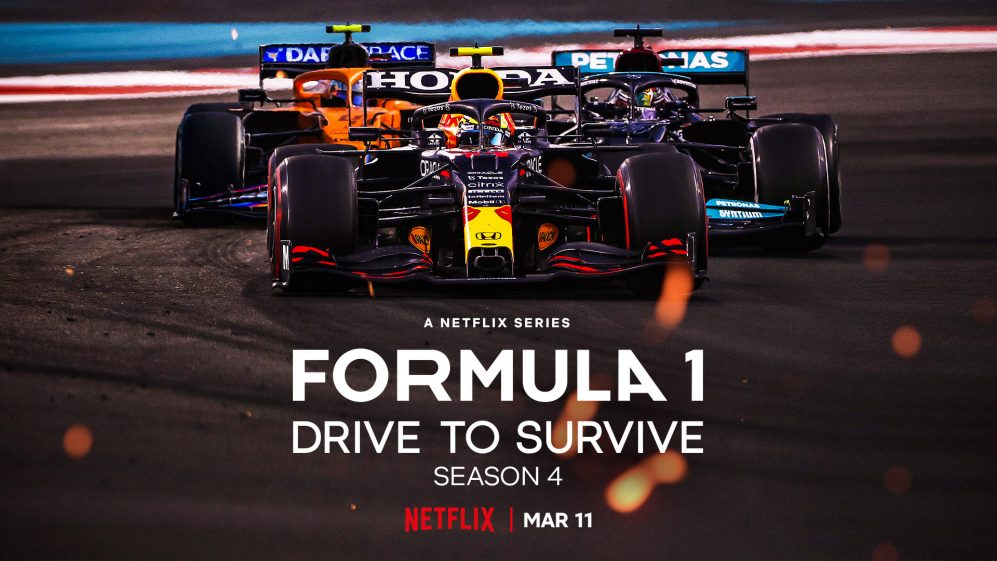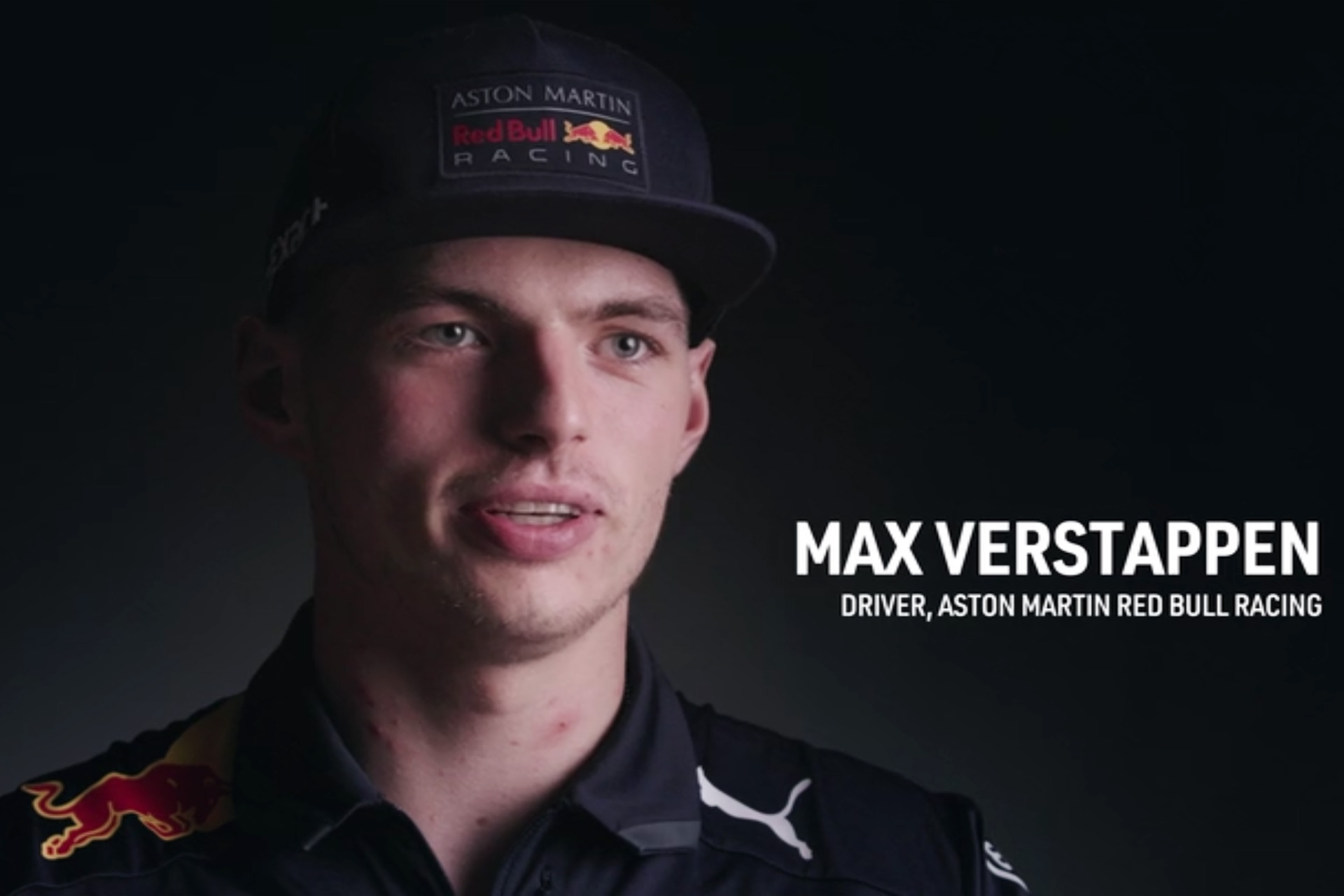Formula 1 will always have a soft spot in my heart. I used to spend a week each year in my late teens and early 20s working in the pit lane. I’ve met a lot of the drivers racing at the time, touched the cars being towed back to the pits and even held the door open for Mr. E (if you know, you know). So naturally, I was pretty interested in Netflix’s Formula 1: Drive to Survive when it launched in 2019. The fourth season of the popular show has recently landed on the platform and I figured now would be a good time to talk about it. Drive to Survive has perhaps exceeded expectations and is credited with bringing new fans into the iconic and prestigious motorsport, particularly in the United States. The show often debuts in the top 10 on Netflix and generates a lot of buzz, but is it actually worth a watch? Let’s find out.
F1: Drive to Survive is marketed as a peek behind the veil at one of the most popular, expensive and lucrative sports in the world, Formula One. As one team principal mentions early on in the fourth season, the difference between third and fourth place can be tens of millions of dollars for the team, so no pressure. The show is comprised of interviews from the team principals, journalists and many of the drivers from the teams. These sit-down interviews are spliced into behind-the-scenes footage that helps build a narrative around each episode. An episode usually focuses on one or two teams in particular and the hurdles they have to face, whether that be performance, finances, politics, etc. As such, the show certainly blurs the line between documentary and reality TV, as the larger narratives are framed around real-time events.

As such, the show has been criticized by those involved in F1 with embellishment and sensationalism. Max Verstappen, for example, has been pretty critical of the show, saying that how he’s portrayed in the series is often “fake” and that the writers will often edit events to suit a particular narrative, see the below quote:
“It’s a series. Whatever you say they will try to make you look reckless or try to make you into whatever fits the story of the series. It’s all about excitement, and it needs to be exciting, so they position you and whatever fits to the episode. […] You’re interviewed and they use the words also under different circumstances, so it never really fits. I never really liked that. I prefer to just have a one-on-one interview with the person who would like to know me.”
Verstappen made those comments after the second season debuted and has since elected not to appear in season four of the show, citing previous issues he’s had with the series. Over the past two seasons, I’d say that the show has definitely improved the quality of how it tells its narratives. Not to say that it was awful to begin with, it really wasn’t from a viewer’s point of view, but it’s tighter with more interesting stories to tell that don’t feel so staged. On the topic of staging, yes, some of those behind-the-scenes shots do feel very staged and the show has been criticized in the past for using team radio audio that doesn’t sync up to the actual events that happened for dramatic purposes, among other embellishments. Casuals won’t notice this, but diehards of the sports will likely cry foul of the producers manipulating events to suit their needs.

The more interesting aspect of the show is sitting down with the team principals and learning about the team rivalries and how they run their teams. They’re very insightful and it’s great when an episode focuses on the rivalry between two teams, such as Christian Horner over at Red Bull and Toto Wolff at Mercedes, or on a team that’s not doing so great and can feel the pressure mounting. I’d argue though that the interviews with the team principals are far more interesting than those with the drivers. Their personalities feel bigger and it’s interesting to see how they overlord over so many aspects of the team, whereas the drivers are laser-focused on the drive itself. The principles are playing politics while also managing a sports team.
Drivers are often cut from a similar cloth, which can make their experiences feel similar from time to time, especially amongst the vets. But when we spend time with some of the newcomers, the show really gets interesting. Ambition, jitters, the fear of failure, the first win and how to cope with fame are all interesting topics that are presented to the juniors. It’s very interesting to watch their rise, as well as the camaraderie (or lack thereof) between teammates. It’s also quite sad to watch talented drivers struggle, whether it be with a new car/team or when a rookie fails to deliver on the expectations. The drivers carry a tremendous amount of pressure and the show does illustrate that it’s not about racers getting paid bonkers amounts of money to drive a car around a circuit, no matter what the face value image of the sport is.
I’d say if you’re considering checking the show out and are a total newcomer to the sport, you’ll love this. Diehard fans may be overtly critical of the show at the beginning and will perhaps dismiss it early on for being overly dramatic and even manipulative. But as a companion piece to the sport and an insight as to how the sport is managed within all the politics, it’s an interesting peek behind the veil, just don’t treat it as gospel. Drive to Survive isn’t interested in retelling the previous year’s season, but to tell a story set within that season. It finds a story within the events that happened and the interviews given and structures episodes around them. So with that in mind, yes the show is more reality TV than docuseries, but if you bear that in mind, it’s still a fun watch, especially if you’re a fan of the sport.

